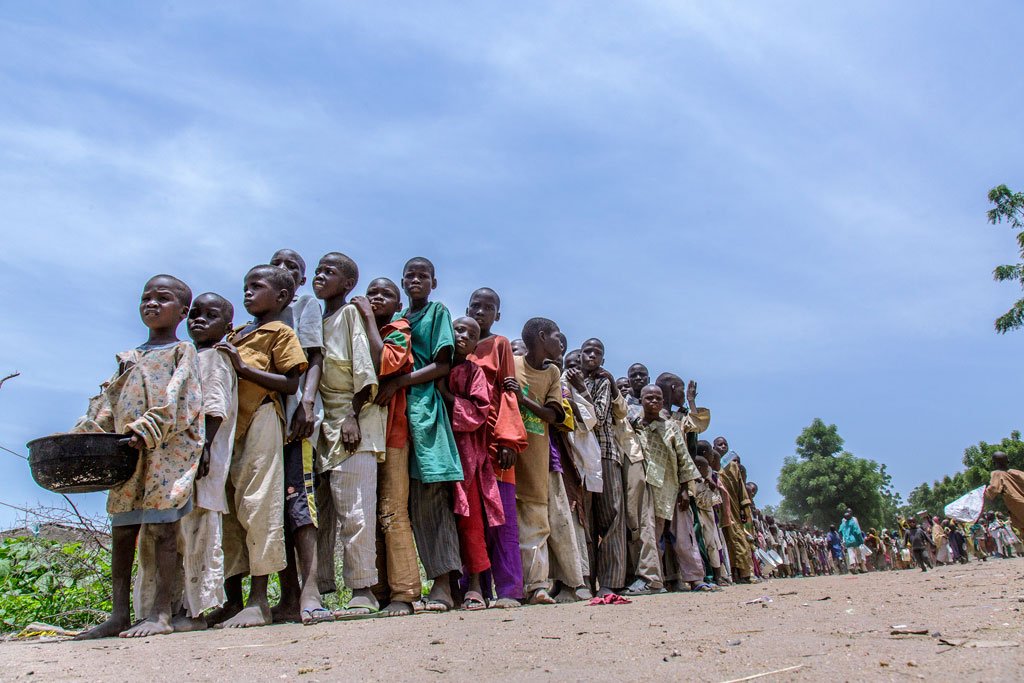Over the course of the last six weeks or so, I’ve received a series of increasingly urgent sounding press releases from various humanitarian organizations operating in the far northeastern region of Nigeria, called Borno state.
In July, I received this from MSF saying (in all caps) “NIGERIA: CATASTROPHIC MALNUTRITION IN BORNO STATE…A major humanitarian operation is needed to save lives in northeastern Nigeria’s Borno state, where more than 500,000 people are living in catastrophic conditions”
Also in July, I received an email from UNICEF saying, “An estimated quarter of a million children in Borno state, North-East Nigeria, face severe malnourishment and risk death”
And from Mercy Corps, in August: “An estimated 7 million people are in need of lifesaving aid in the worst affected areas in the northeast; of those, an estimated 2.5 million people are malnourished and lack access to food and safe drinking water.”
This leads me to conclude that the situation in Northeaster Nigeria and the broader Lake Chad basin is arguably the worst crisis in the world that receives the least amount of attention.
This crisis has been festering for several years as the Boko Haram insurgency gripped the region. But over the past year, Boko Haram has been on the retreat and much of Borno state and the surrounding region has been liberated from Boko Haram.
So why now is this crisis seemingly coming to light?
On the line with me with answer that very question, offer a grounds-eye perspective on this humanitarian crisis, and describe what can be done to mitigate it is Adrian Ouvry, a humanitarian advisor with Mercy Corps. He recently returned from Borno state and discusses why the levels of malnutrition currently experienced in this region may just be the tip of the iceberg.
If you have 20 minutes and want a deeper understanding of the situation in Northeast Nigeria, have a listen.
Subscribe on iTunes, Stitcher or get the app to listen later.
